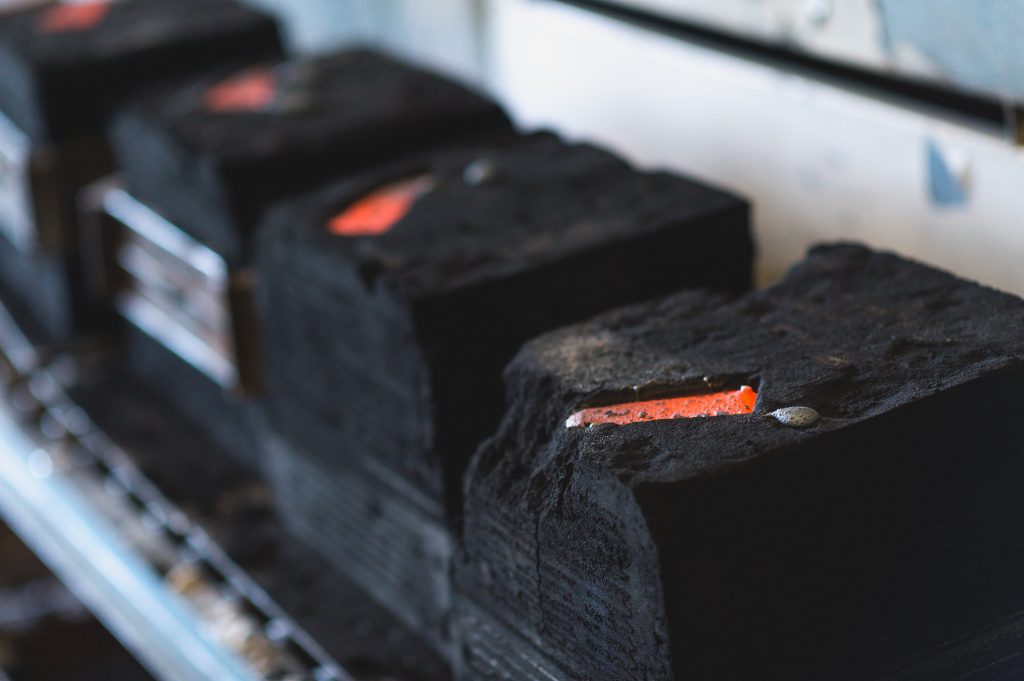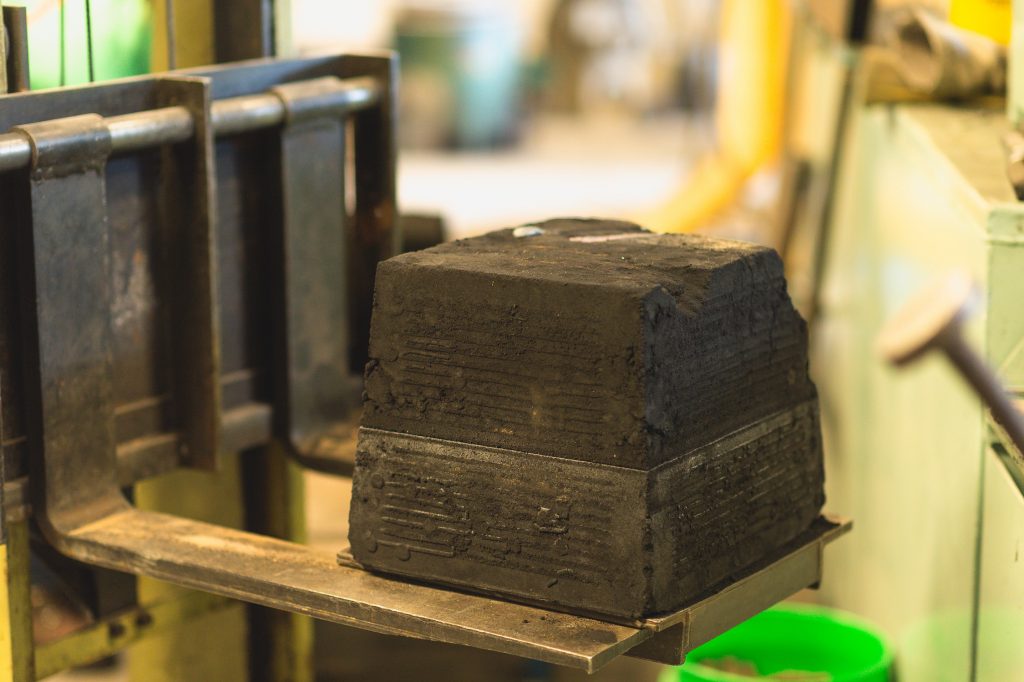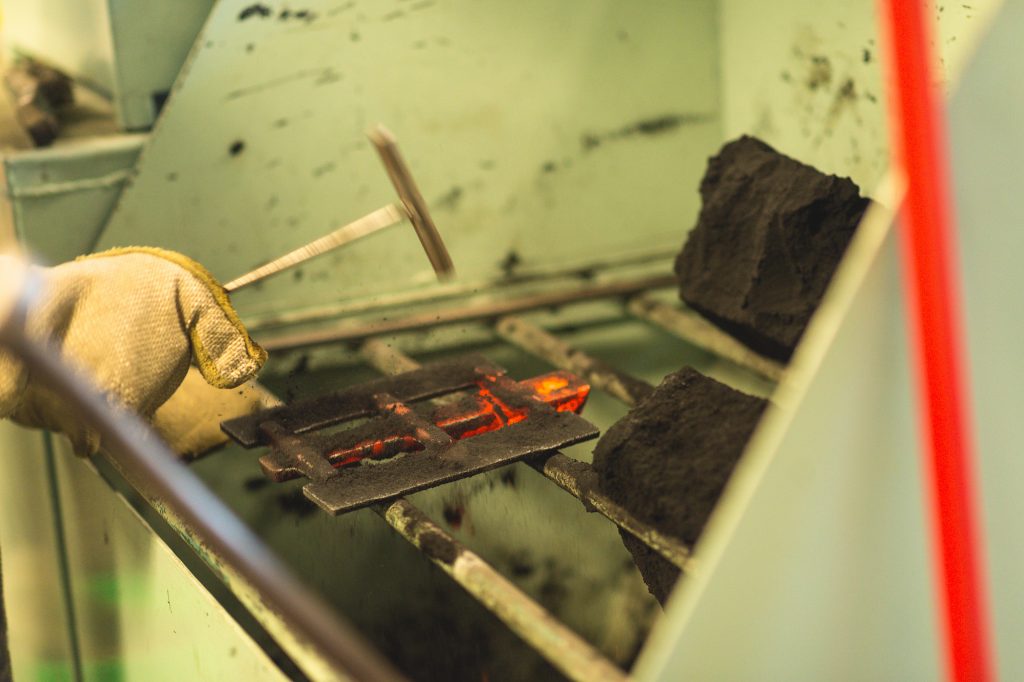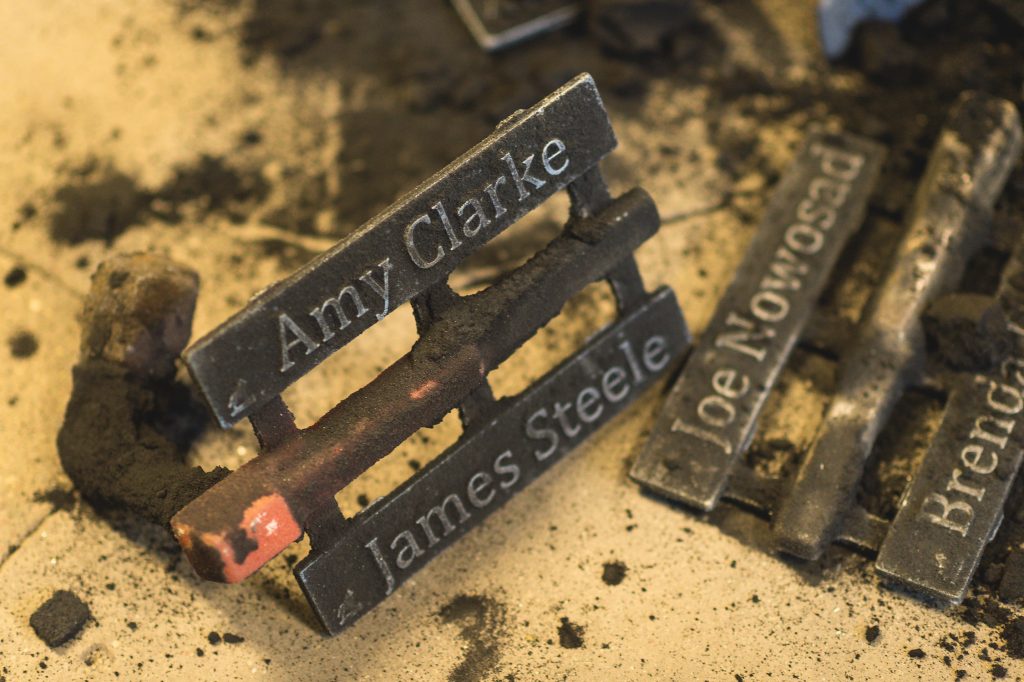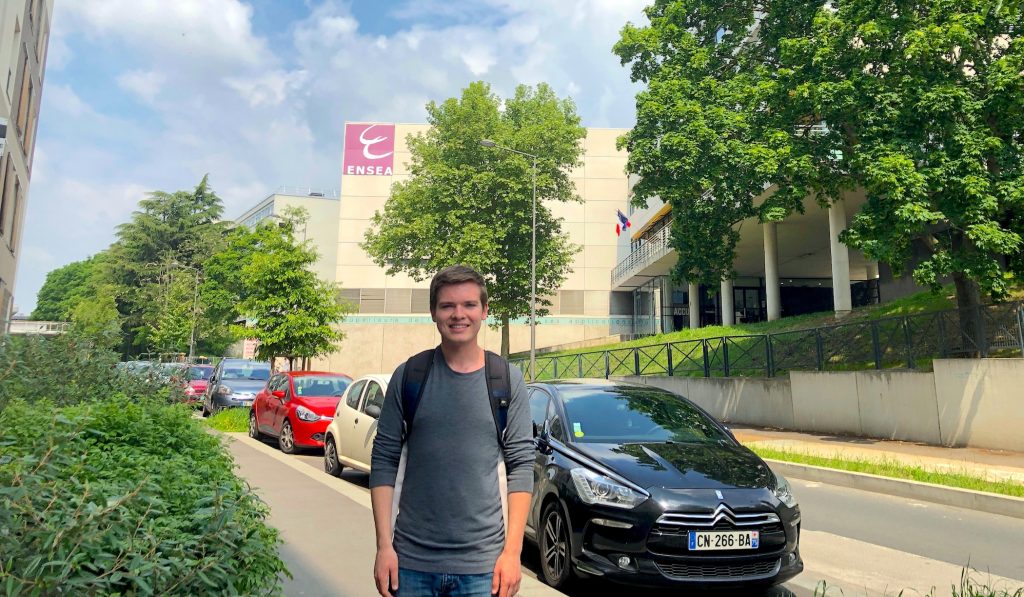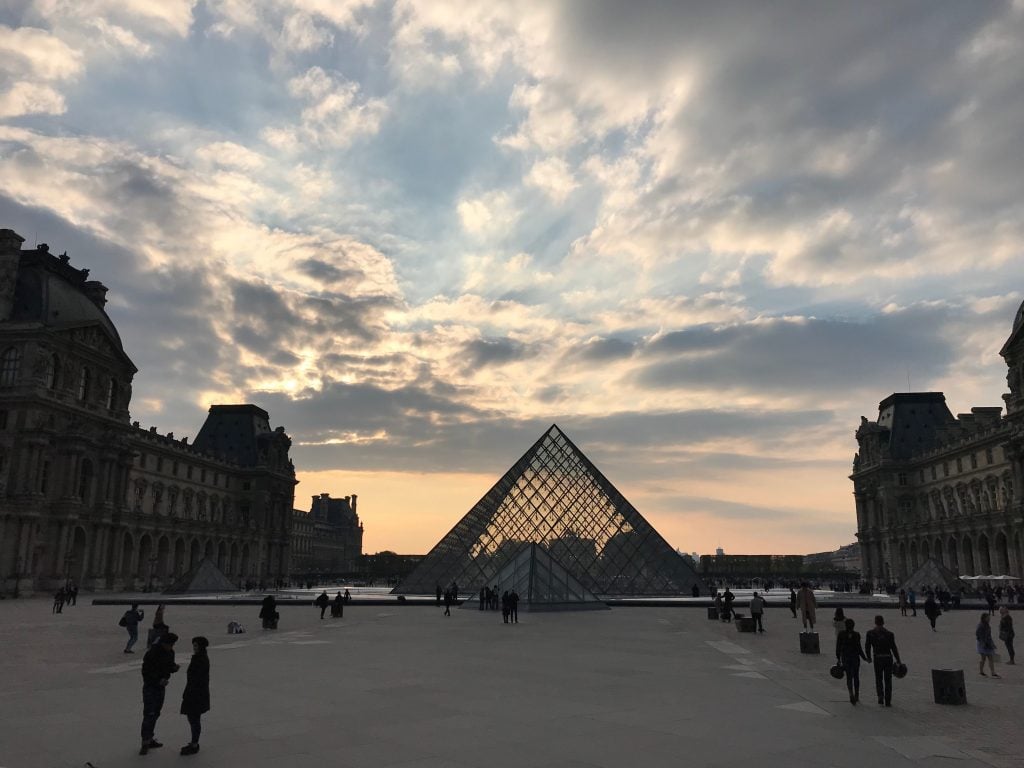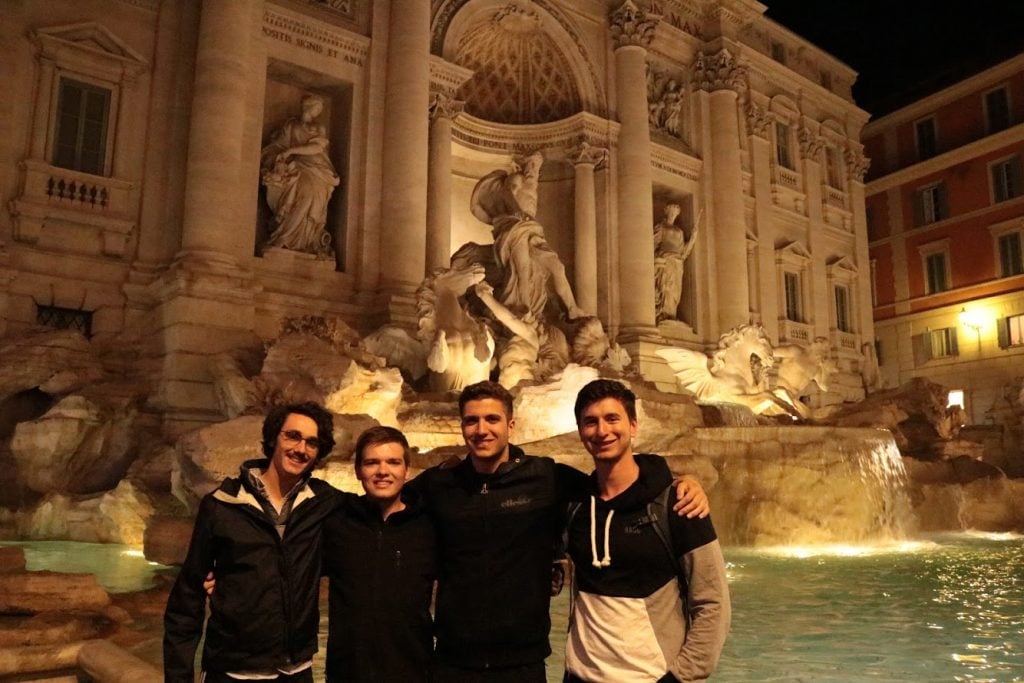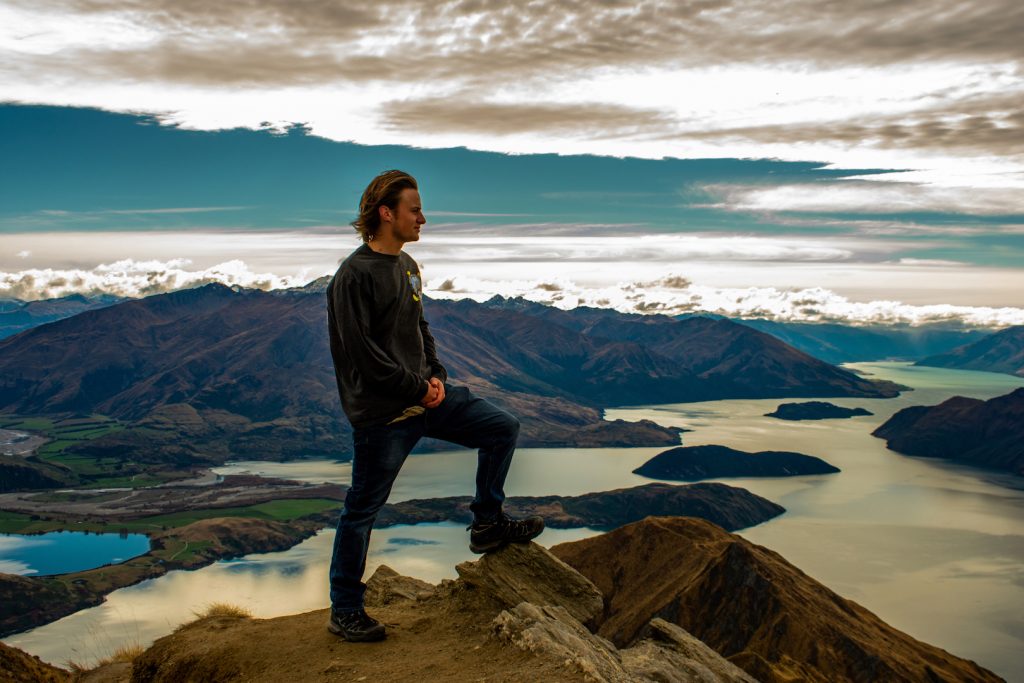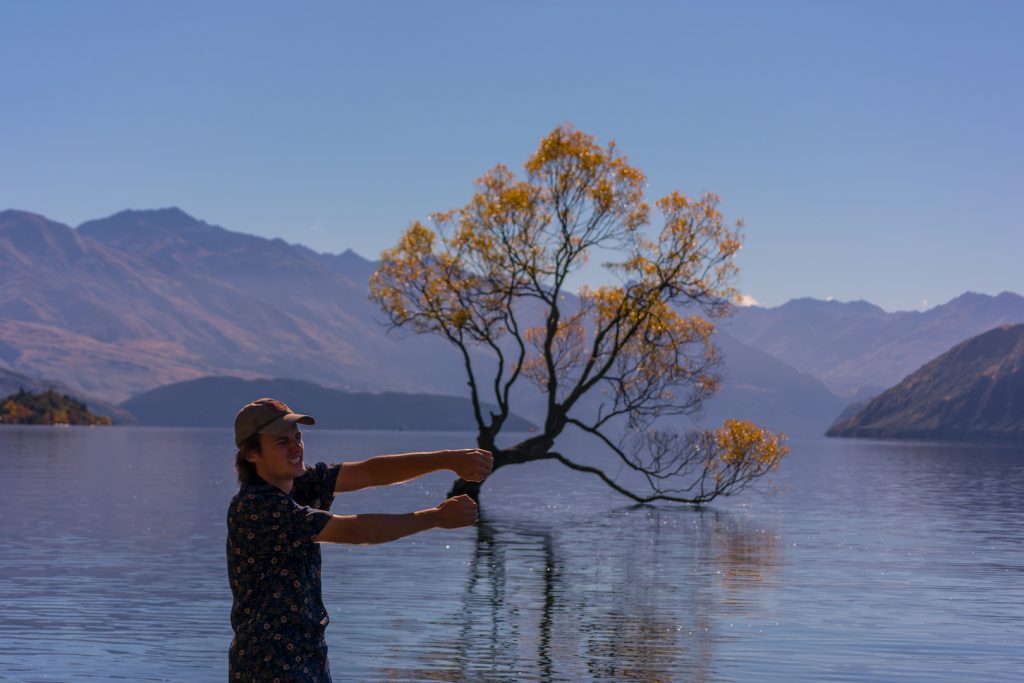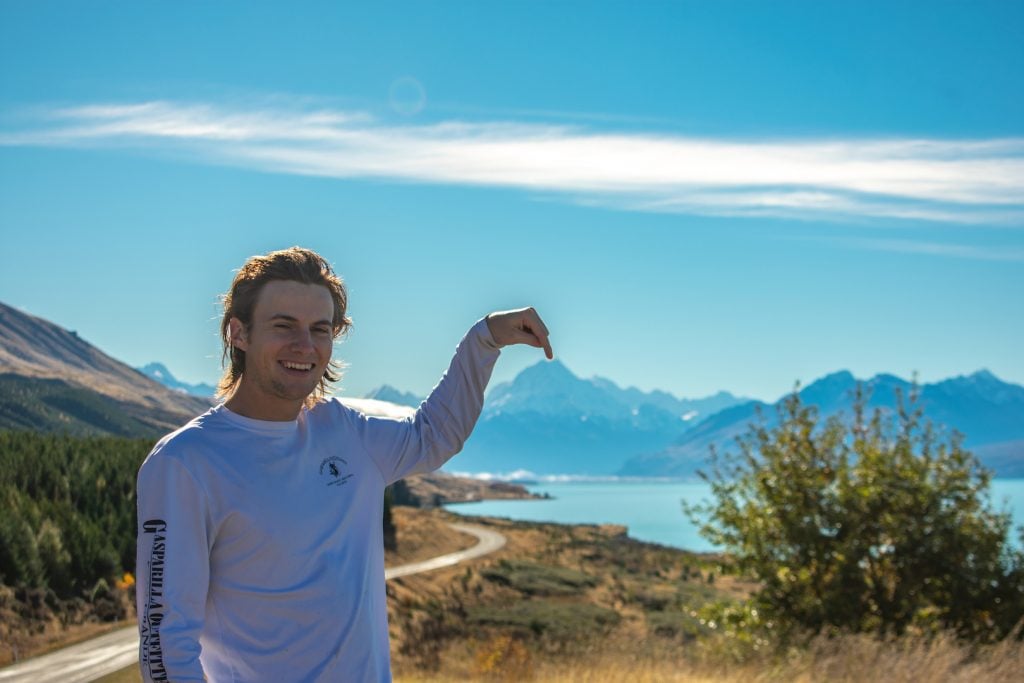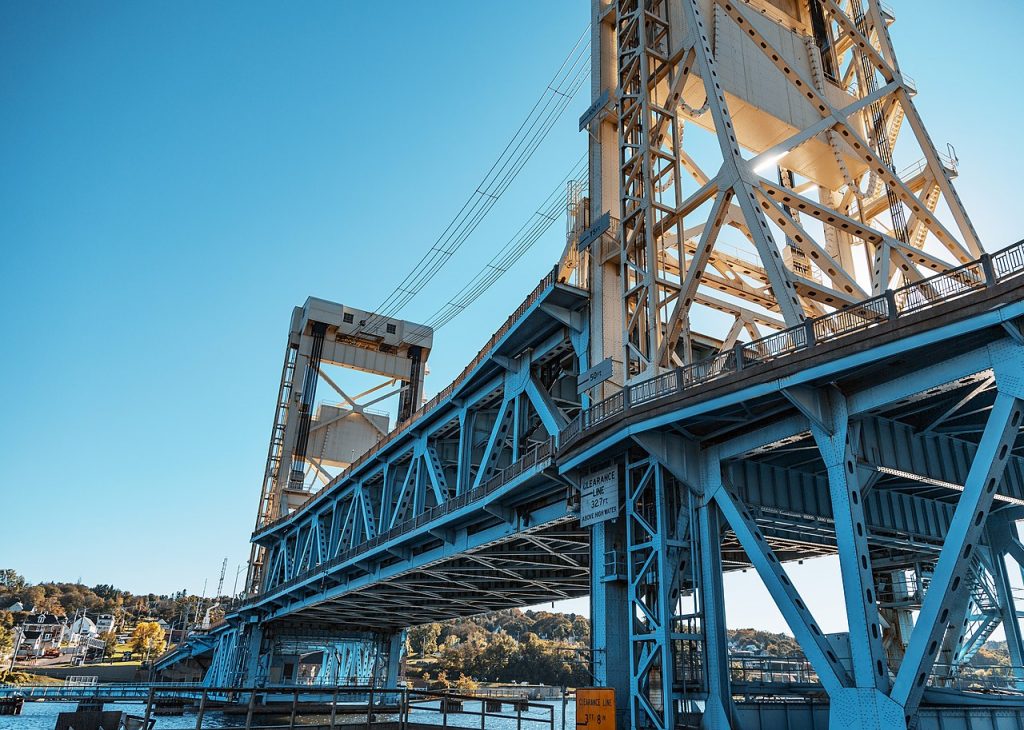
The Portage Lake Bridge, or more commonly known as the Lift Bridge, was designated in May, 2019 as an American Society of Civil Engineers (ASCE) Michigan State Historic Civil Engineering Landmark of the Year. Built in 1959, the bridge provides a key role in connecting the Keweenaw’s local industries to the nation, and uses a first-of-its-kind intermediate lift span position. It also was an early example of accelerated bridge construction.
The Lift Bridge is a double-deck vertical lift bridge—the only one of its type in Michigan and uncommon nationwide. While the lower deck was originally used by trains; these days, snowmobiles roar through the lower deck in winter. This riveted steel bridge was built to support the Keweenaw’s copper mining and logging industries and to serve the nation’s need for copper and timber. So you might say, it’s built to carry heavy loads!

I was invited one recent Friday to meet one of our civil engineering alumni from the class of ‘66, Donald R. Anderson. He was docked in Hancock, just east of the Lift Bridge, traveling with his son, up from Grand Haven. They were in town waiting for the extended family, to arrive and spend a few weeks together on the boat as they worked their way through the Apostle Islands area. We were chatting, taking a look at the engines, and enjoying some local cider when BAM! A very loud boom sounded from the Lift Bridge. We all turned to watch as a tandem trailer loaded with trailers pulled to a halt. Over the next hour, inspections of the rig, and bridge seemed to happen while we looked up from below with high-tech binoculars and speculated about the impact. We figured that being in tandem, one of the trailers rocked up just as the truck pulled through and snagged that edge a bit. The truck eventually pulled down and around and took time to do a safety check just behind the marina.
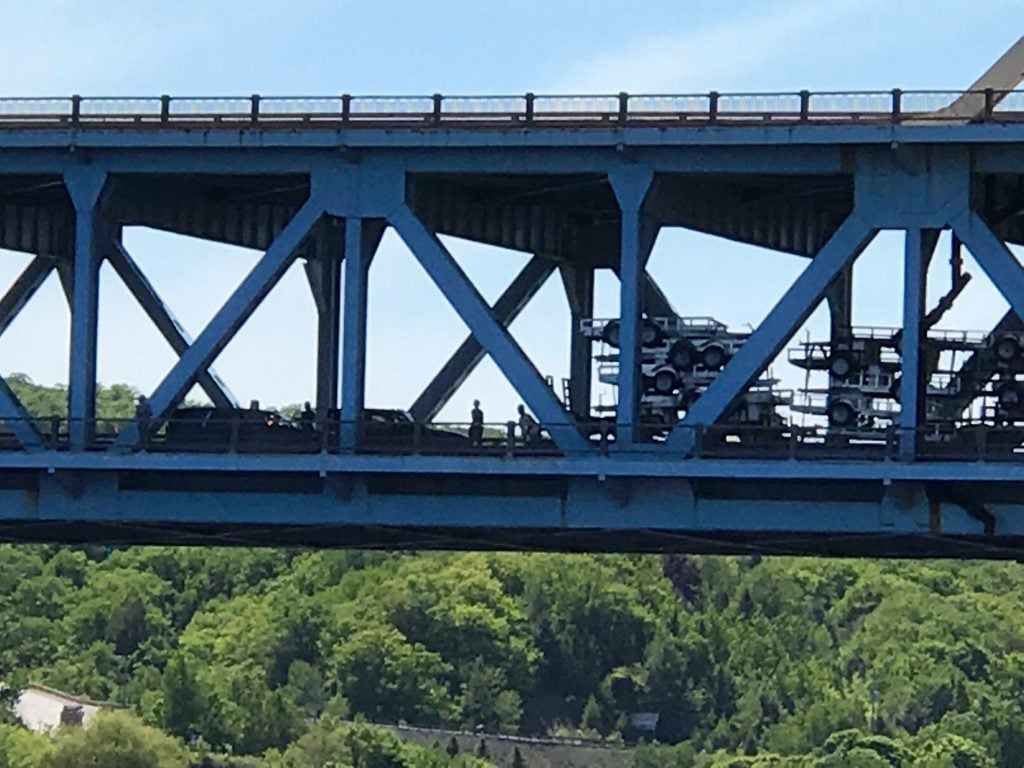
On my way home, pedaling across the bridge I stopped and took a few images. You can see how there is a bit of battered metal at the leading edge on the Houghton side. No easy way to tell what marks are new or old from down on the ground (and I am a metallurgist). My assessment—that bridge was built to last. I bet it will still be in use for its 100th anniversary. They build things to last up here in the Keweenaw. And remember your metallurgy: steel can plastically deform and even strengthen as a result of the increased number of dislocations.

Dr. Tess Ahlborn, professor of Civil and Environmental Engineering at Michigan Technological University, working with two recent civil engineering masters of science graduates Emma Beachy and Michael Prast, submitted the application of Lift Bridge for Historic Civil Engineering Landmark Award at both the state and national levels. While Lift Bridge has now won the state ASCE Landmark of the Year award, the jury’s still out on the national level award. You can read more about the Lift Bridge here.
Thank you Tess, Emma and Michael, and the Department of Civil and Environmental Engineering, for the 300 pages of historical content that supported the nomination.
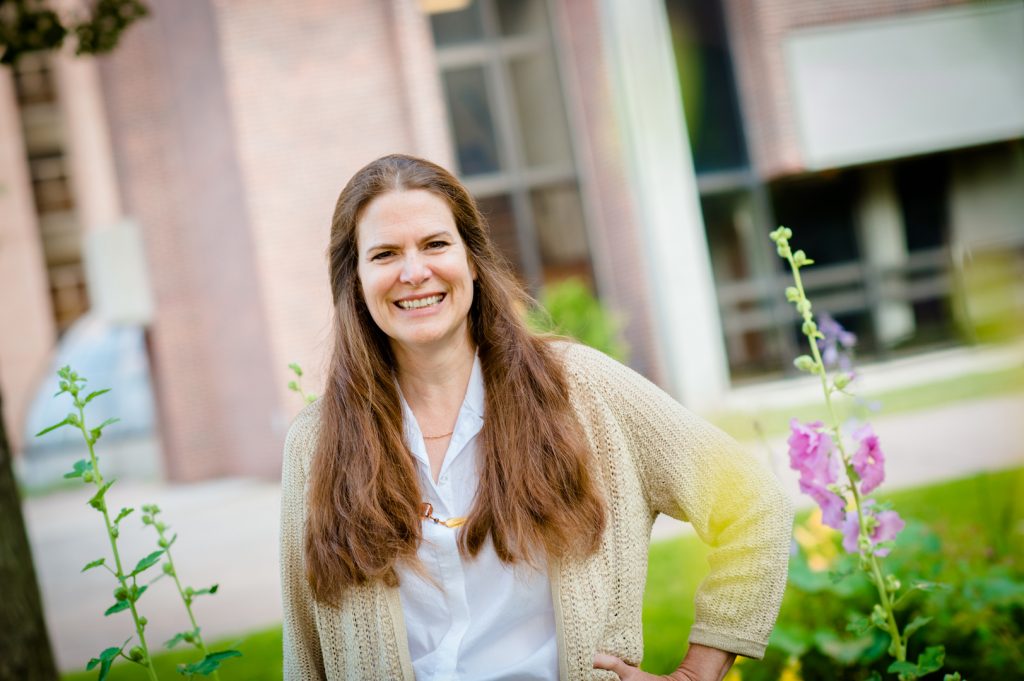
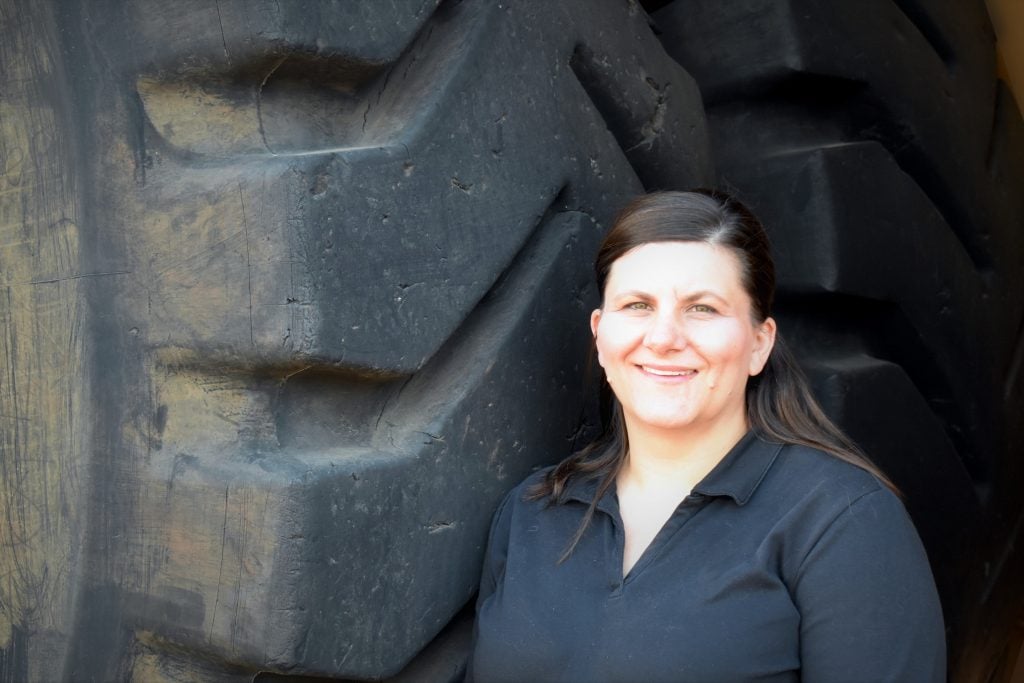
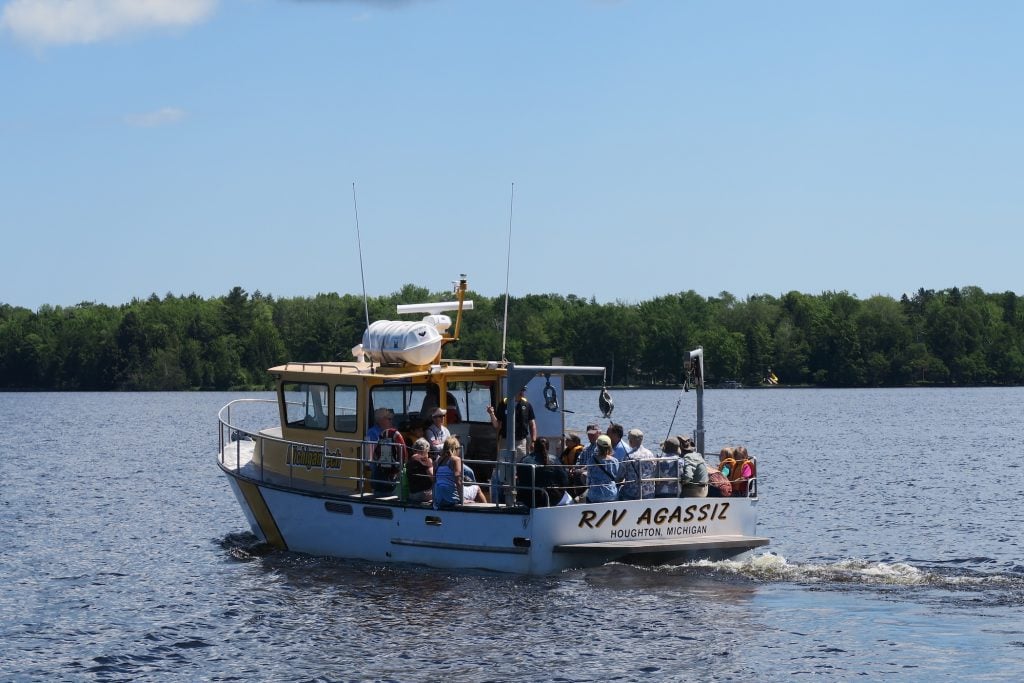
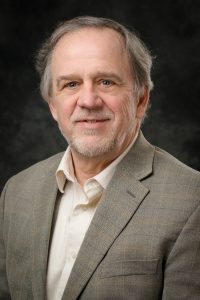

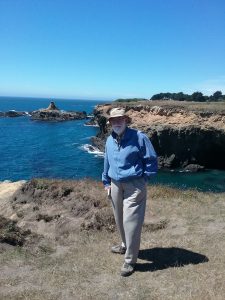


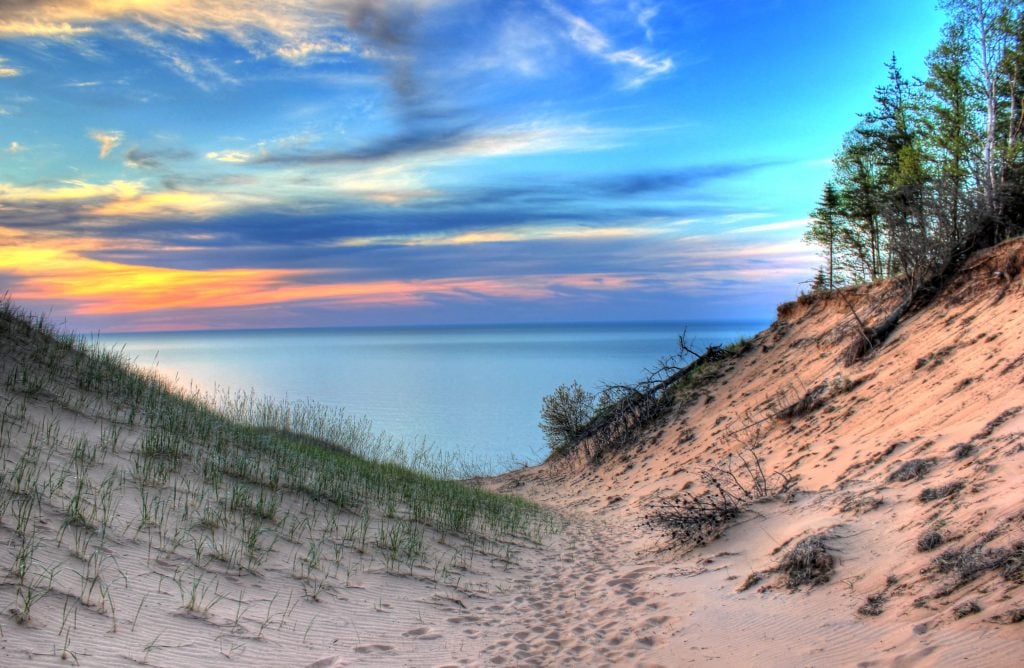
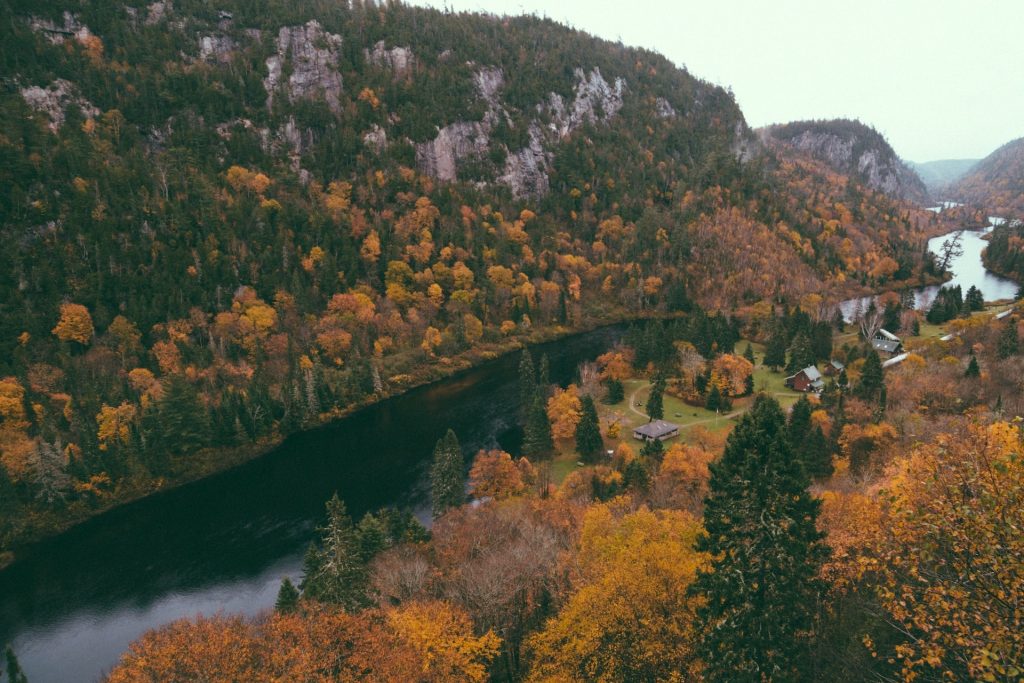
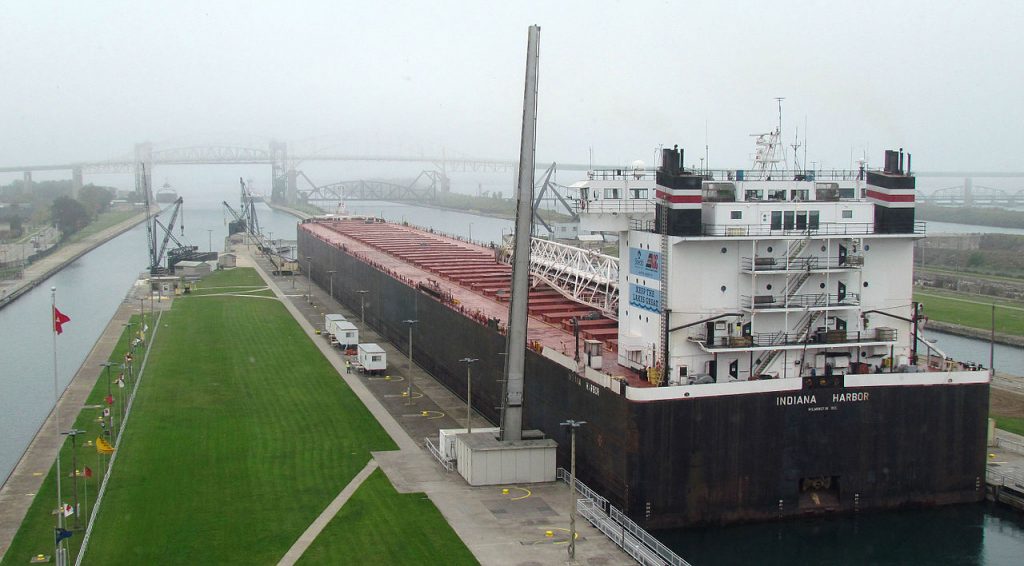

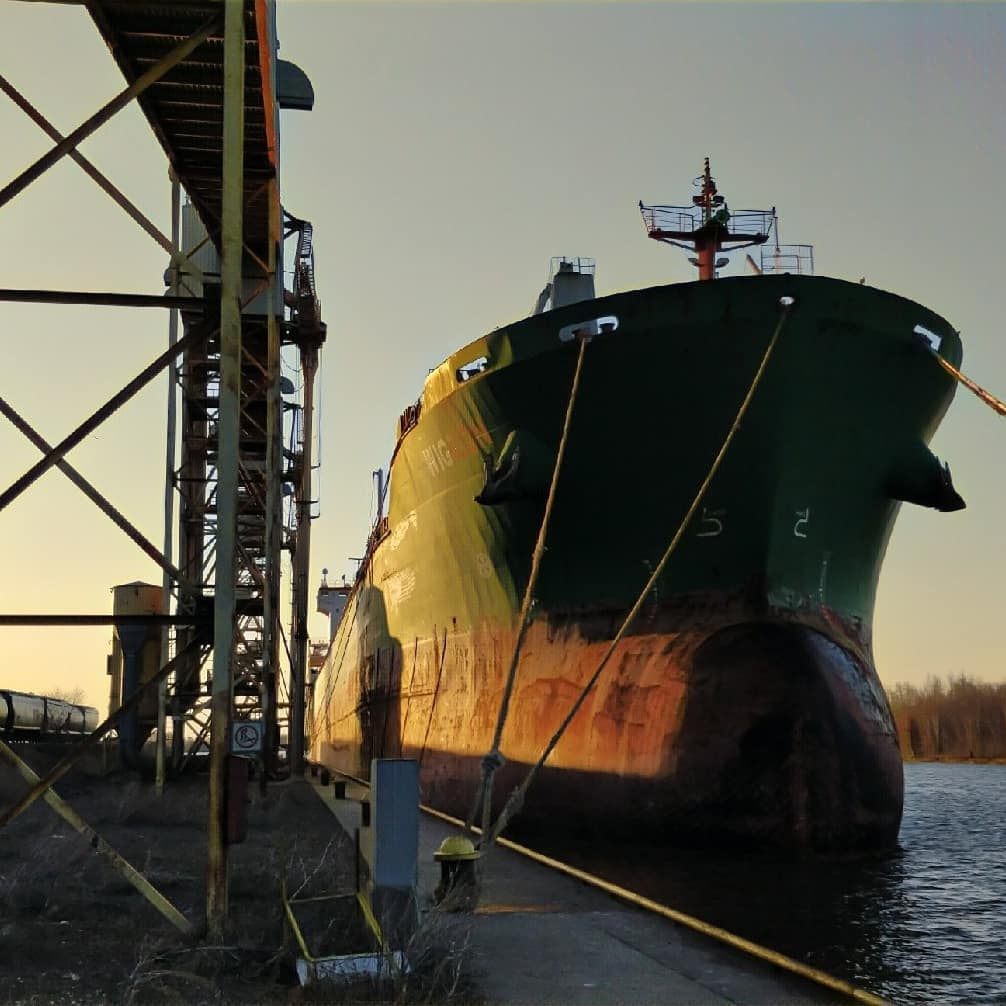
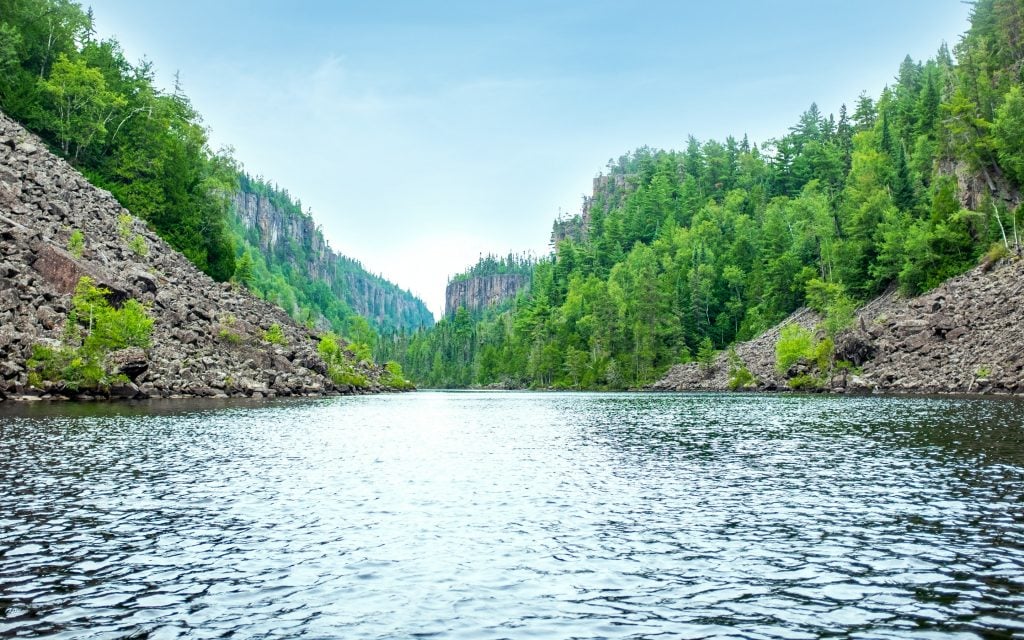

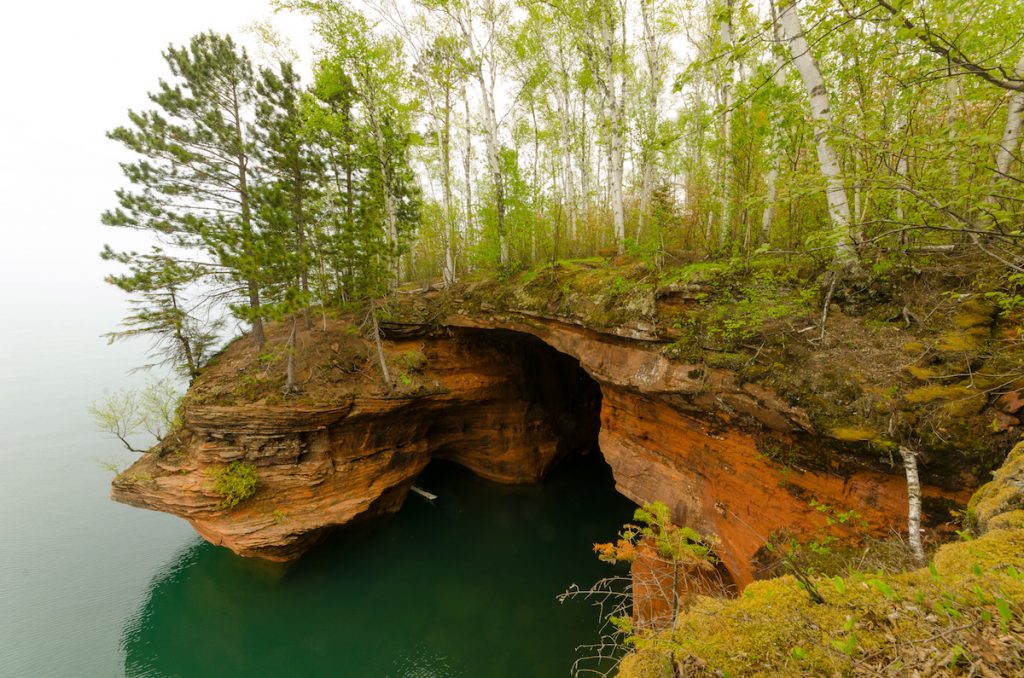


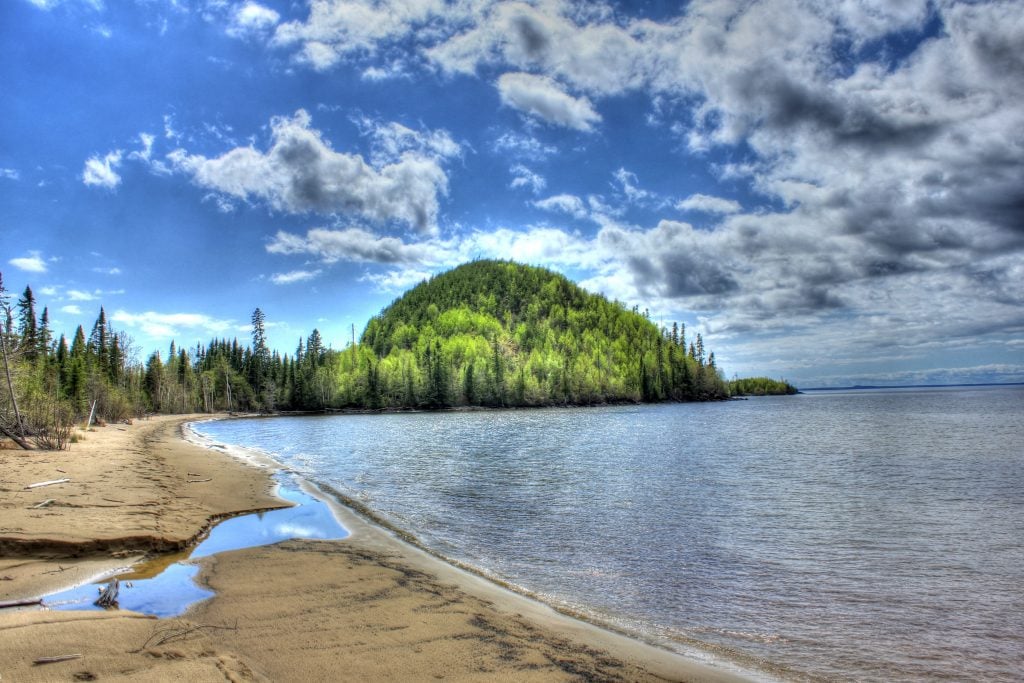
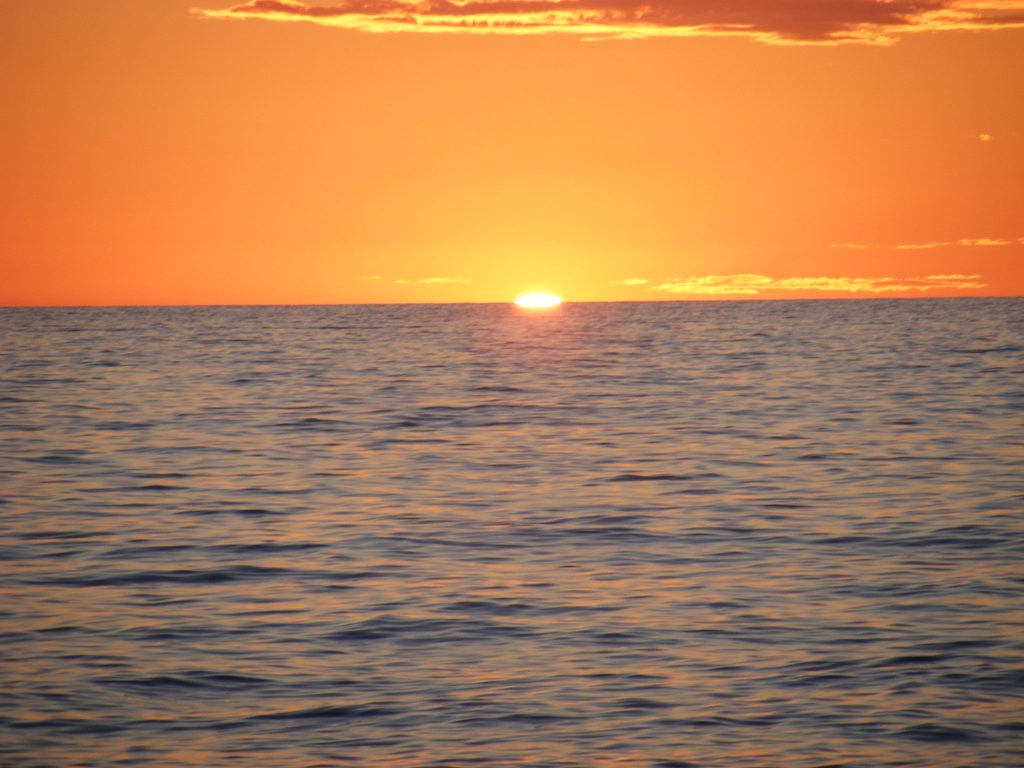
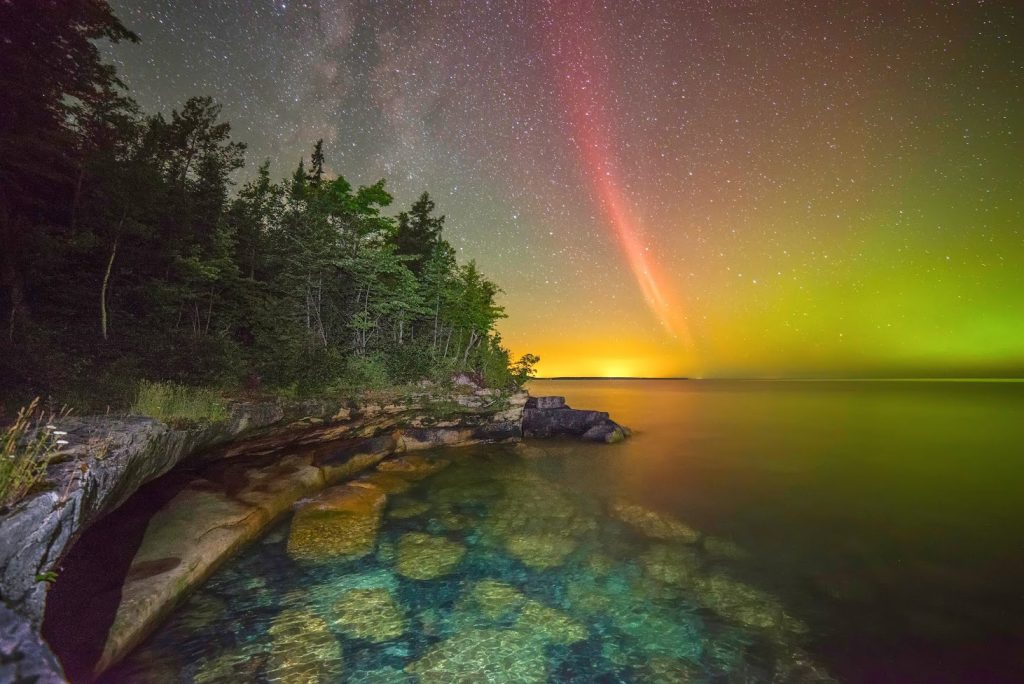
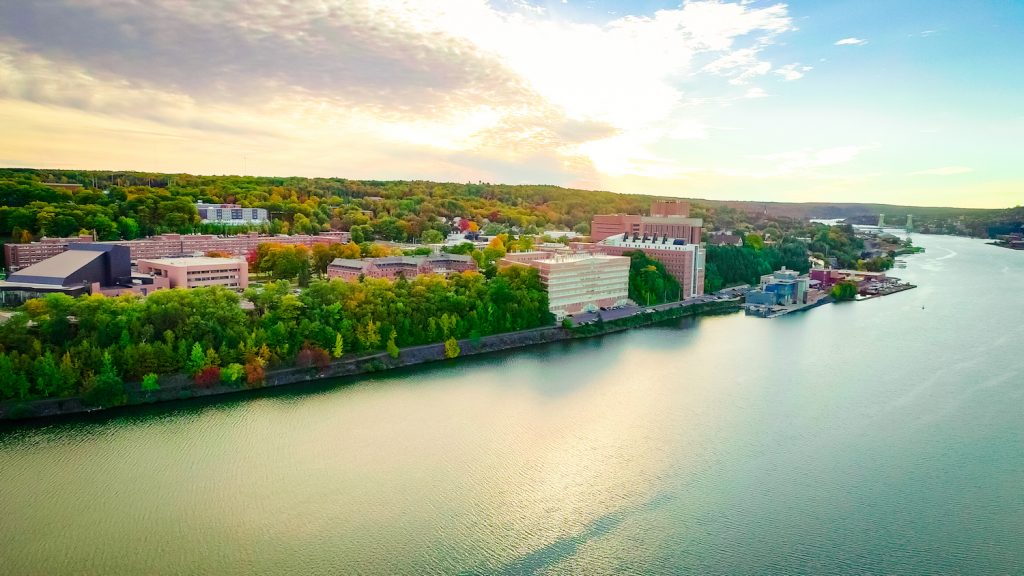
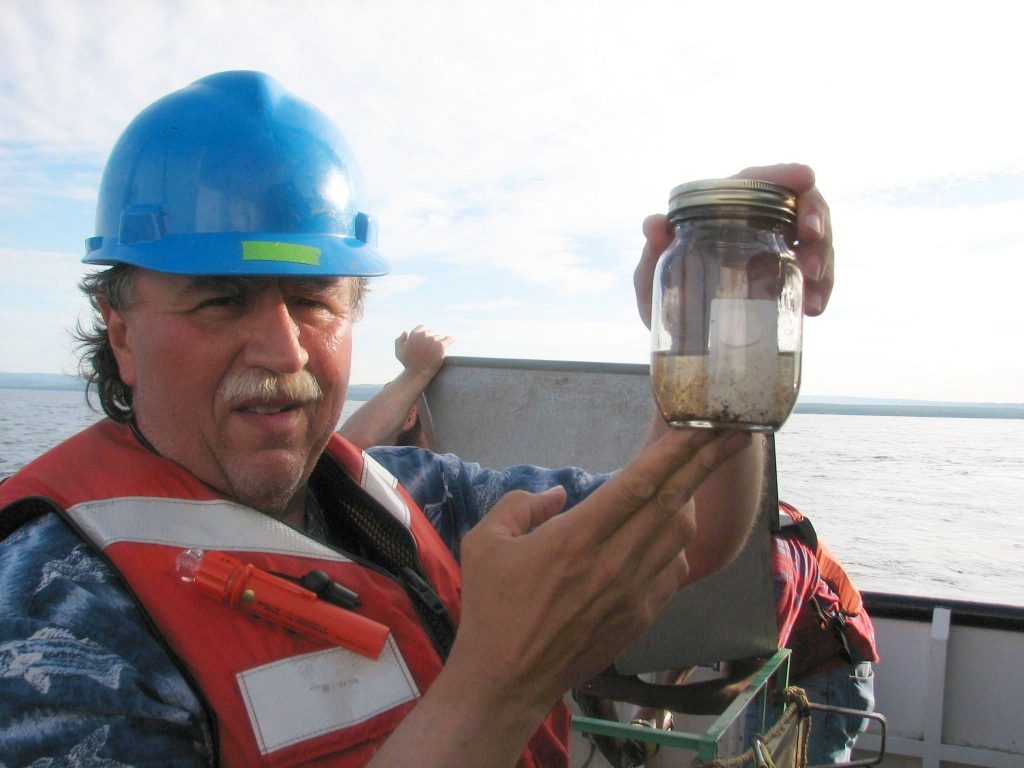

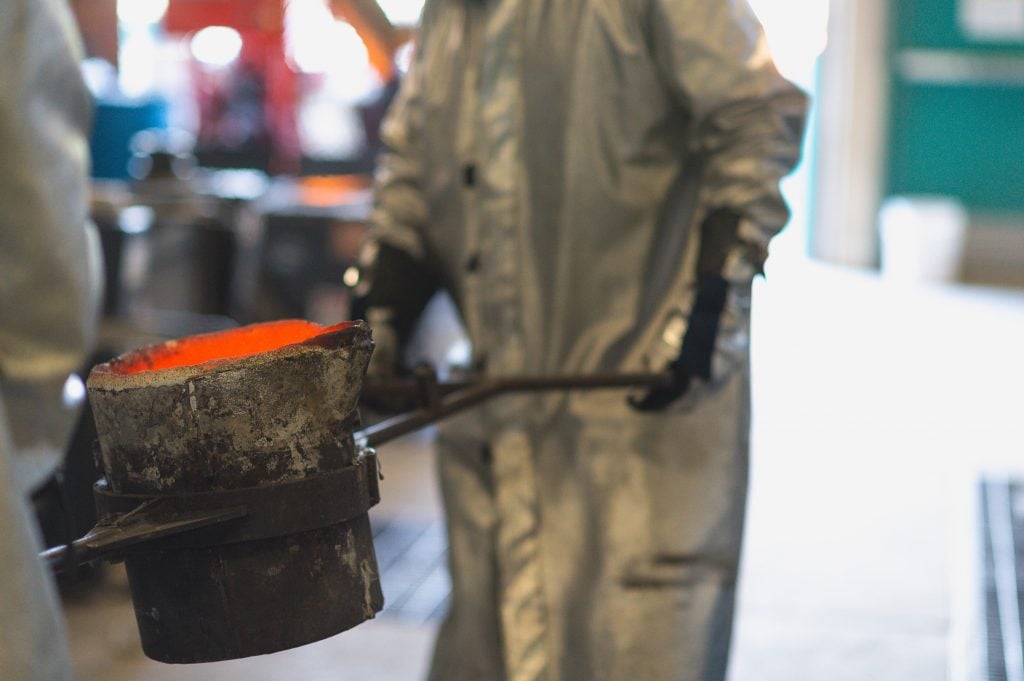

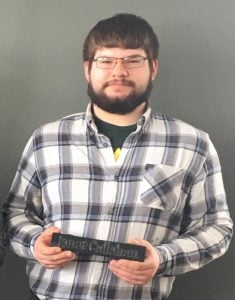

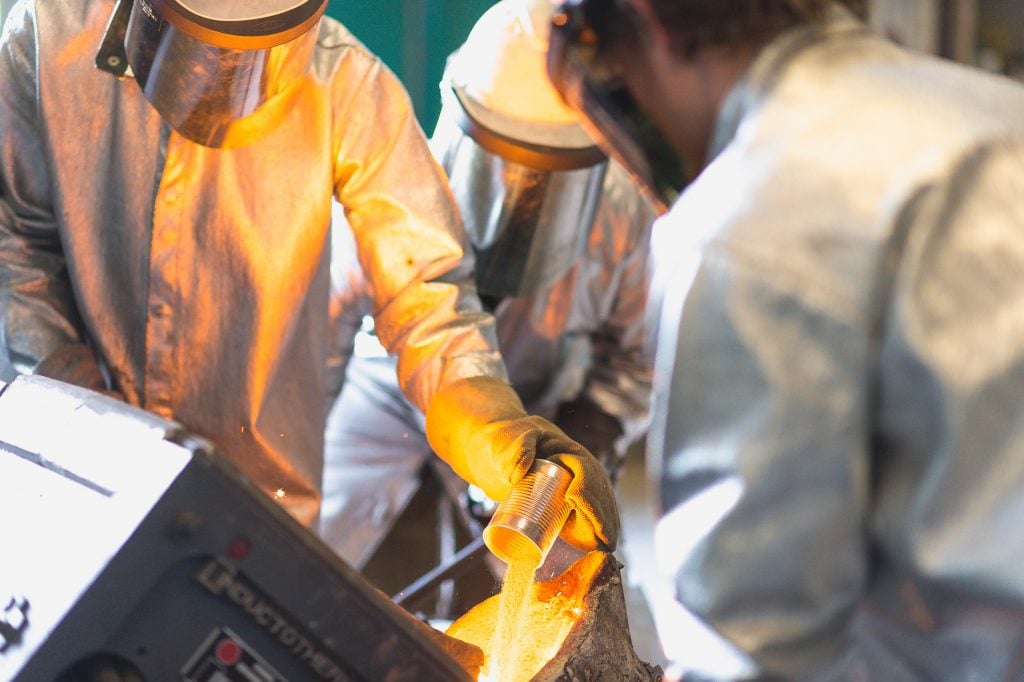
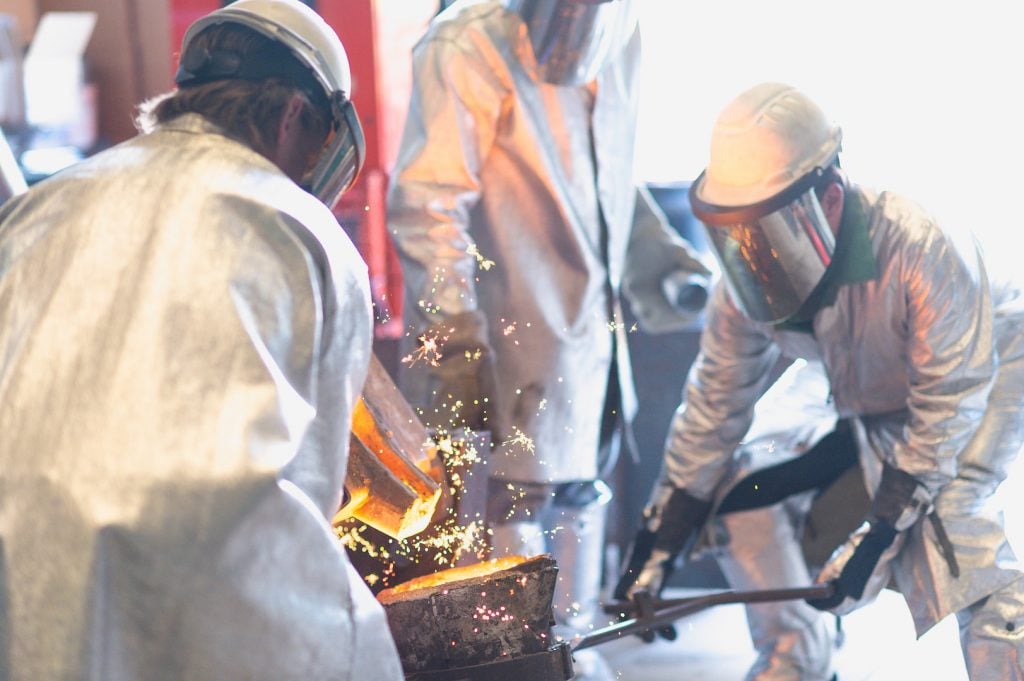

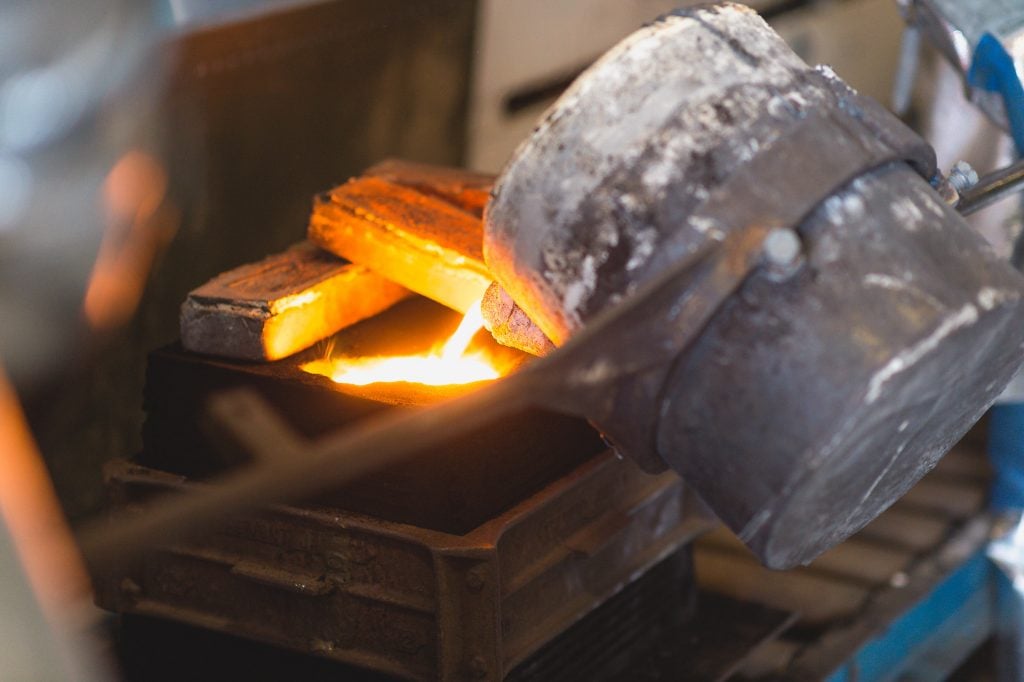
![As the pouring team fills the 3rd mold [middle ground], an MSE staff member [foreground] lifts the mold jacket from the 2nd mold, and will transfer it to the waiting 4th mold [background] prior to it being poured. The jacket supports the green sand mold against the hydraulic pressure of the liquid metal entering the mold.](https://blogs.mtu.edu/engineering/files/2019/06/Michigan-Tech-foundry-as-pouring-team-fills-3rd-mold-682x1024.jpg)
